General description
Research area: Cell Signaling
Catalase from bovine is a tetrameric enzyme, consisting of four identical sub-units containing a single heme moiety per subunit. Each subunit has four domains like the α-helical domain, an eight-stranded β-barrel, N-terminal threading arm that is connected to the β-barrel via a wrapping loop.
Application
Catalase from bovine liver has been used:
- as a component of the GLOX buffer during single molecule fluorescent in situ hybridization (smFISH) on primary mouse cortical neurons
- for its structural and kinetic analysis of its interaction with nitric oxide
- in the preparation of glucose oxidase-catalase system (GOX-CAT system) to generate H2O2 and study the effect of H2O2-induced oxidative stress on myelination in mouse organotypic cerebellar slice cultures
Catalase acts as a natural antioxidant to study the roles of reactive oxygen species in gene expression and apoptosis. It has also been used to protect against oxidative damage to proteins, lipids, and nucleic acids. Industrially, catalses have been used to remove hydrogen peroxide added to milk and cheese, in textile bleaching, and to examine its positive effects on the viability of DNA-repair mutants of E. coli.
Biochem/physiol Actions
Catalase is an active, ubiquitous enzyme that is found in all aerobic organisms. Lower levels of catalase and oxidative stress lead to several disorders such as vitiligo, hypertension, acatalasemia, cancer, diabetes mellitus, and Alzheimer’s.
Catalase catalyzes the degradation of hydrogen peroxide into water and oxygen. It can also react with alkylhydrogen peroxides, such as methylperoxide and ethylperoxide and the second H2O2 molecule can be replaced by methanol, ethanol, propanol, formate and nitrate as a hydrogen donor.
Components
Catalase from bovine liver is a tetramer consisting of 4 equal subunits each with a 60 kDa molecular weight. Each of these subunits contains iron bound to a protoheme IX group. The enzyme will also strongly bind to NADP, where NADP and the heme group are within 13.7 angstroms.
Caution
Solutions of catalse should not be frozen. Frozen solution will result in a 50-70% loss of activity.
Unit Definition
One unit will decompose 1.0 μmole of H2O2 per min at pH 7.0 at 25 °C, while the H2O2 concentration falls from 10.3 to 9.2 mM, measured by the rate of decrease of A240.
Preparation Note
This product is an aqueous solution containing >30,000 units/mg protein. To remove the thymol preservative, the catalase crystals may be pelleted by centrifugation, the supernatant, discarded, the pellet resuspended in water, and then pelleted again. The enzyme is soluble in 50 mM potassium phosphate buffer at 1 mg/mL and pH 7.0.
Shipping Information:
Dry Ice Surcharge & Ice Pack Shipments: $40
More Information: https://cenmed.com/shipping-returns
- UPC:
- 51171984
- Condition:
- New
- Availability:
- 3-5 Days
- Weight:
- 1.00 Ounces
- HazmatClass:
- No
- MPN:
- C3155-50MG
- CAS:
- 2593710
- Temperature Control Device:
- Yes












